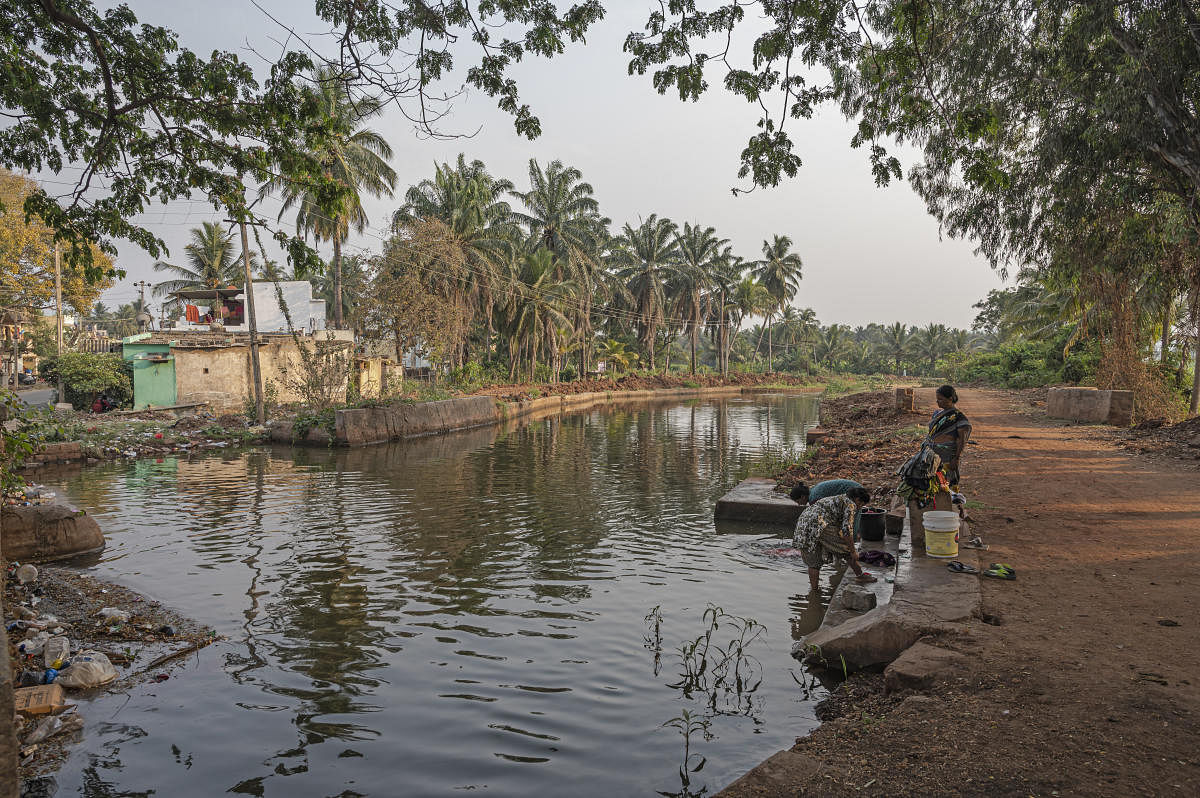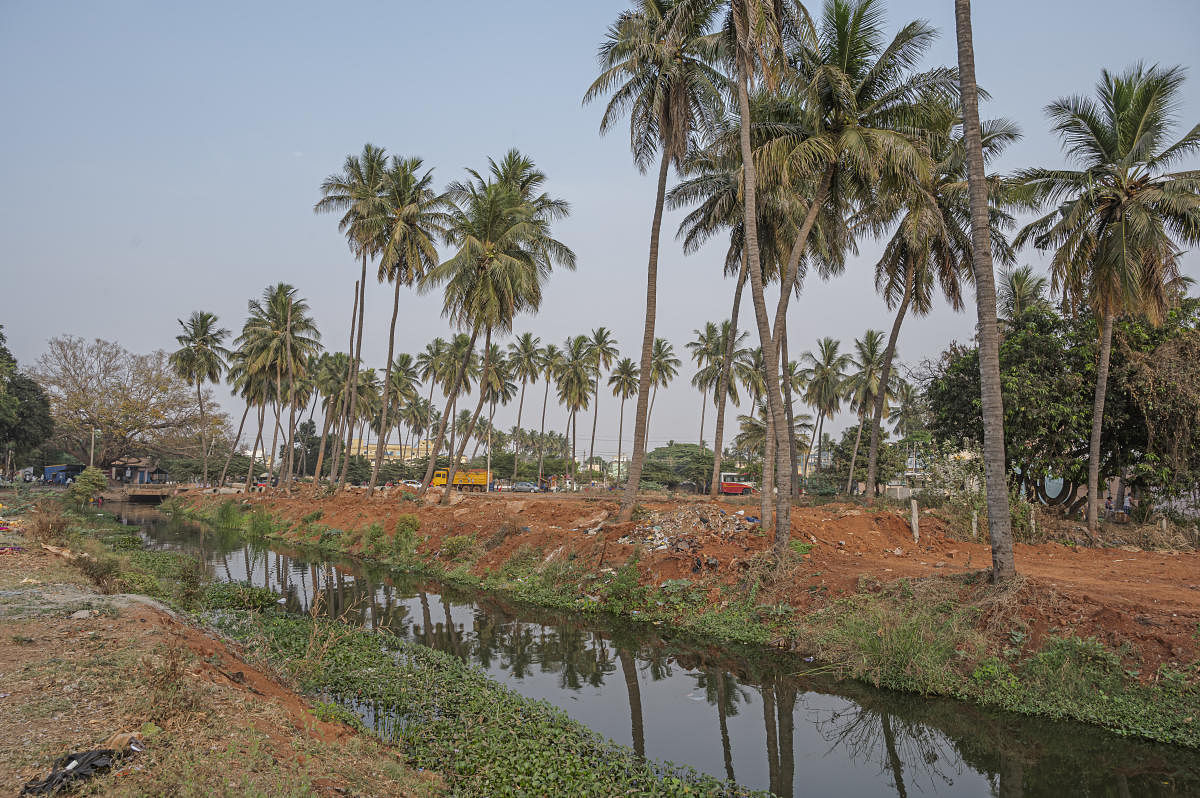

The Vijayanagara-era canals, which currently crisscross four districts of Karnataka, are an engineering marvel and a feat to behold, just as mesmerising as the UNESCO-protected monuments at Hampi and the surrounding areas.
However, experts and conservationists say, while prolonged negligence has affected the quality of these canals and aqueducts — which are more than 600 years old, the current concretisation has led to them losing their ability to nurture biodiversity.
Professor C S Vasudevan, Archaeology Department, Hampi Kannada University, says 16 canals and 12 aqueducts that were built during the Vijayanagara period are nothing short of ‘great hydraulic-architecture’.
“Except for the few wear-and-tear and growth of vegetation that might have slowed its water flow, the 16 canals are still functioning in excellent condition,” he says. The technology used by the engineers of the Vijayanagara period was so advanced that in its six centuries of existence, there was no single time when these canals and aqueducts had to be desilted.
One reason for this, Vasudevan says, is that the canals were built keeping in mind the natural contours of the land.
Indigenous engineering
Since Hampi is at a greater elevation compared to the Tungabhadra river, the engineers created several aqueducts by ‘throwing’ large boulders at strategic locations, so a large quantity of water is withheld and at the same time, enough space was given for the water to trickle down the canals.
They also created a wide network of canals and temple tanks that supplied water not just for domestic and religious purposes but also agriculture.
Now, there are concerns that in the name of modernisation, these historically important structures are being harmed.
The 16 canals, a few of which stretch for more than 27 kilometres in Ballari, Koppal, Raichur and Vijayanagara districts, feed water to paddy and other fields spread over 11,154.05 ha. Now, the Minor Irrigation Department is planning to enhance cultivation in the command area to nearly 14,000 ha by embanking the canal walls in a trapezoidal shape with cement.
According to Rajesh Vastrad, who works as assistant executive engineer in the Minor Irrigation Department (MID), the modernisation of the canals at an estimated cost of Rs 435 crore, with financial assistance from the Asian Development Bank (ADB), is going to ensure minimal wastage of water and supply of water to the tail-end farmers.
“Currently, water released from the Tungabhadra reaches the tail-end of the canal after three days. In some canals, they hardly reach as water is pilfering into the fields or being prevented by the weeds that have grown in the canal,” he says.
Sudarshan Varma, member of the Hampi World Heritage Area Management Authority, says the proposed project will have an adverse impact on the overall biodiversity of Hampi and surrounding areas. “Over the centuries, several fishes, frogs, other aquatic animals along with 232 species of birds (as per a study conducted by an organisation) have made these canals their home. However, with concretisation of the canals, the lifecycle of all these animals will be badly impacted,” he says.
The cost of modernisation
Sudarshan says concretisation of canals will also create groundwater scarcity, as the cement wall canal will not allow percolation of water to increase the groundwater table.
“No doubt, these canals need minor repairs and we should limit ourselves to fixing these problems and not create new ones. One should not forget that these canals are archaeological treasures and should not be tampered with, even if the Archaeological Survey of India (ASI) or State government fails to protect it,” he says.
MID Executive Engineer Nagabushan Sokke said all the necessary study, including environment impact assessment was conducted by the ADB. It was only after satisfying that no major environmental impact would take place with the modernisation of the canals did the bank release the funds.
He also said that all the required permission from the ASI and State government have been received for upgrading the canal. “Fish and other creatures will move to the nearby river and continue their life cycle,” he says.
Birders say earlier they used to see a lot of birds breeding and nesting by the side of canals. However, now their numbers had gone down drastically. One of the main reasons for this is the removal of trees and the vegetation that had grown in and around the canal.